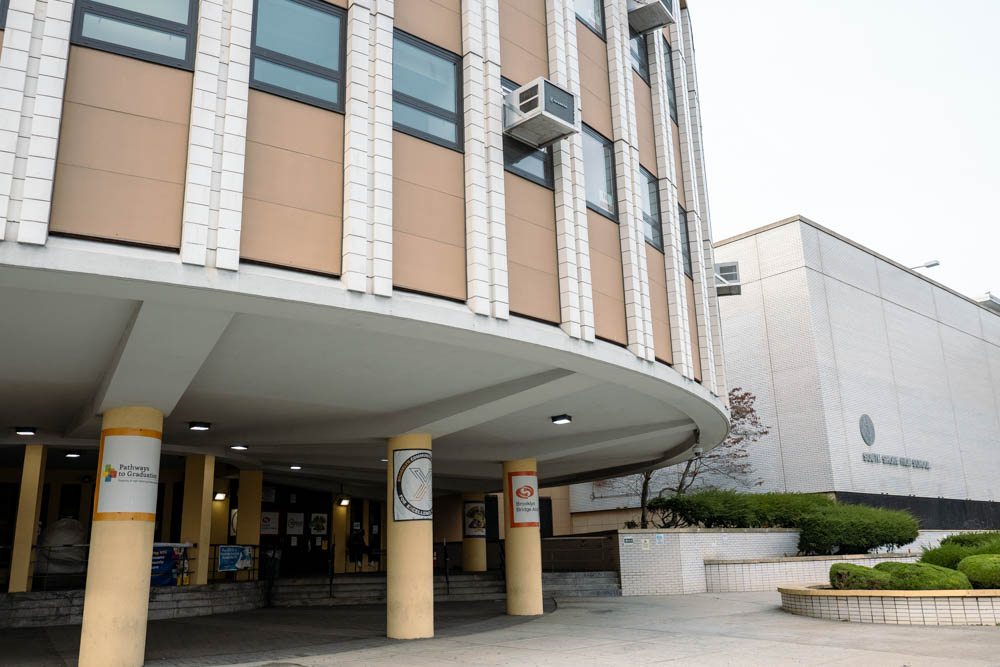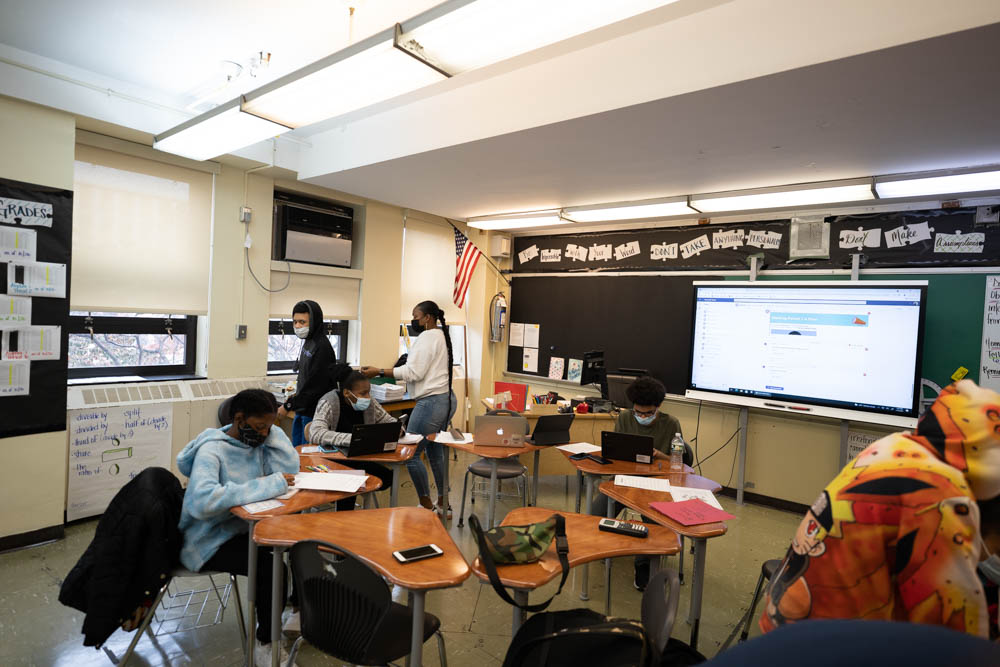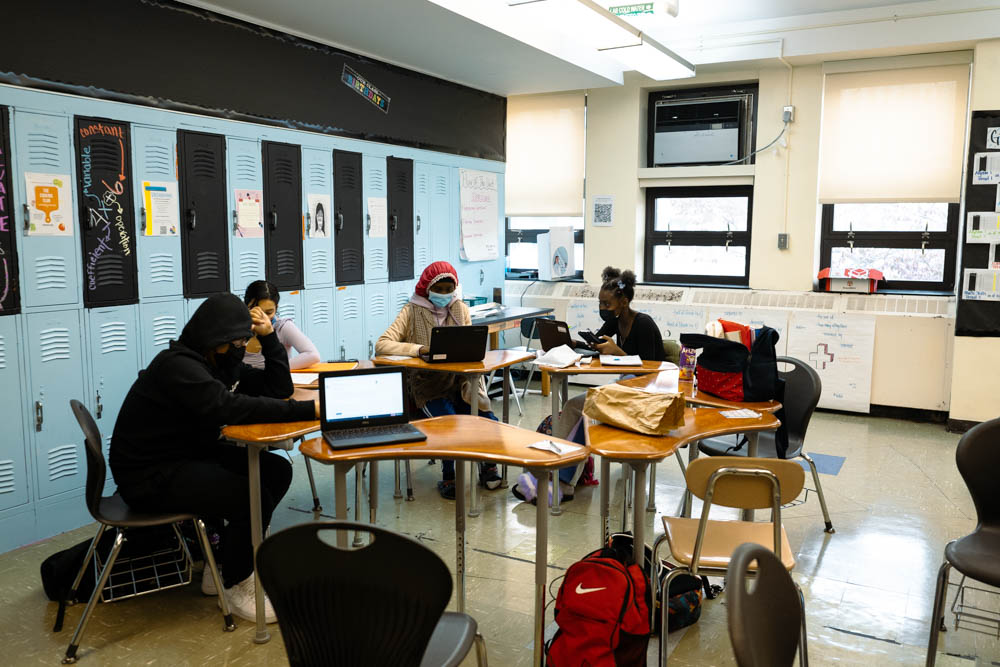
DAILY NEWS and ANNOUNCEMENTS

Our Mission
Brooklyn Theatre Arts High School is a cohesive, vibrant learning community dedicated to college and career readiness and the development of young people with integrity, a strong sense of identity, and an awareness of the world and their place in it. BTA graduates leave our school independent, confident, & well-prepared.



